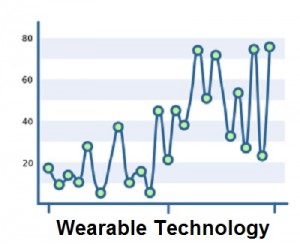This will have the highly populated country taking the second position away from the United States.
According to a new report that has recently been released by Strategy Analytics, by the year 2017, India will have taken over the second spot when it comes to the leading players in the smartphone market.
If this is true, it will mean that India will have taken over the position in the mobile technology industry from the U.S.
In fact, this smartphone market study suggests that the top three players will have a direct correlation to the size of their population from 2017, forward. The report showed that India would take the second to the top position from the United States within the next two years, while China will continue to hold its first place seat. Although smartphone penetration is considered to be relatively low among the Indian population, as only somewhere from 110 to 120 million people (out of a massive 1.2 billion people) actually have these devices, it is believed by many in the industry that this is going to take a rather sudden and important change over the next short period of time.
The belief is that the size of the Indian population simply makes it too important for the smartphone market to ignore.
 The report stated that “No serious global hardware or software player can afford to ignore the huge Indian smartphone market today.” It also pointed out that this year, alone, there would be 115 million smartphones purchased by people in India. It speculated that in the year 2017, there would be 174 million sold throughout that year, alone.
The report stated that “No serious global hardware or software player can afford to ignore the huge Indian smartphone market today.” It also pointed out that this year, alone, there would be 115 million smartphones purchased by people in India. It speculated that in the year 2017, there would be 174 million sold throughout that year, alone.
The reason that many experts believe that the Indian mobile market has suddenly become so hot is that there have been a range of new smartphone companies that have popped up all over the country, such as Micromax. These companies have managed to create a smartphone market in which these and other mobile devices are affordable to the people in India, while still offering them the same types of features that the more expensive devices from outside the country have to offer.

 There are fitness trackers, watches, glasses, goggles, and even diapers that all fall within the wearables category and that are already on the shelves and waiting for consumers to purchase them. However, analysts insist that it remains far too early to be able to decide which among this type of gadget will manage to sway consumers to actually buy, and how they will transform this sector of the market.
There are fitness trackers, watches, glasses, goggles, and even diapers that all fall within the wearables category and that are already on the shelves and waiting for consumers to purchase them. However, analysts insist that it remains far too early to be able to decide which among this type of gadget will manage to sway consumers to actually buy, and how they will transform this sector of the market.